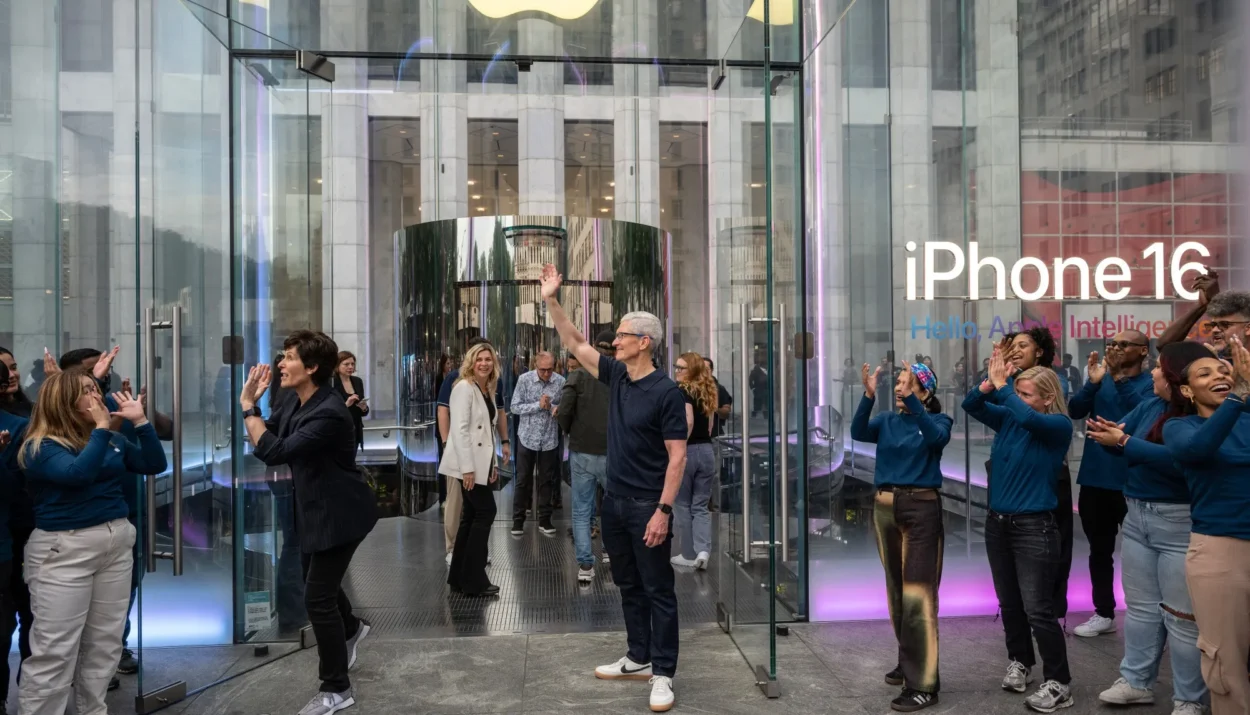Apple is gradually moving away from its traditional annual product launch cycle, opting for a more fluid release strategy that could lead to more frequent rollouts and fewer delays. This shift may help the company manage its growing product range, including iPhones, iPads, Macs, and emerging technologies like Apple Intelligence.
Key Developments:
- More Frequent Releases: Apple is expanding its product lineup, making it impractical to update all devices annually. Products like the iPhone SE and Apple Watch Ultra may move to longer refresh cycles, while key devices such as the iPhone will still see yearly updates.
- Challenges of the Annual Cycle: The company’s functional organization means engineers must work across multiple devices, causing delays. Recent software releases, including iPadOS 18 and watchOS 11, faced notable bugs and postponements, pushing Apple to rethink its strategy.
- Apple Intelligence Rollout: Apple’s highly anticipated Apple Intelligence features will be released on October 28 with iOS 18.1. The phased rollout of this AI system signals the company’s intent to prioritize stability and scalability for its cloud infrastructure before introducing advanced features like ChatGPT integration in later updates.
Upcoming Apple Products:
Apple has several launches planned, starting with new devices aimed for release by November 1:
- Low-end and high-end 14-inch and 16-inch MacBook Pros with M4 chips
- Updated Mac mini and iMac
- A revamped iPad mini
New MacBook Air models, an upgraded iPhone SE, refreshed iPad Air models, and a new AirTag accessory are also expected in early 2025.
By moving toward a staggered release approach, Apple aims to reduce strain on its engineering teams while maintaining innovation. Although this shift might make the company less predictable, it may enhance product quality and provide more revenue opportunities throughout the year.










